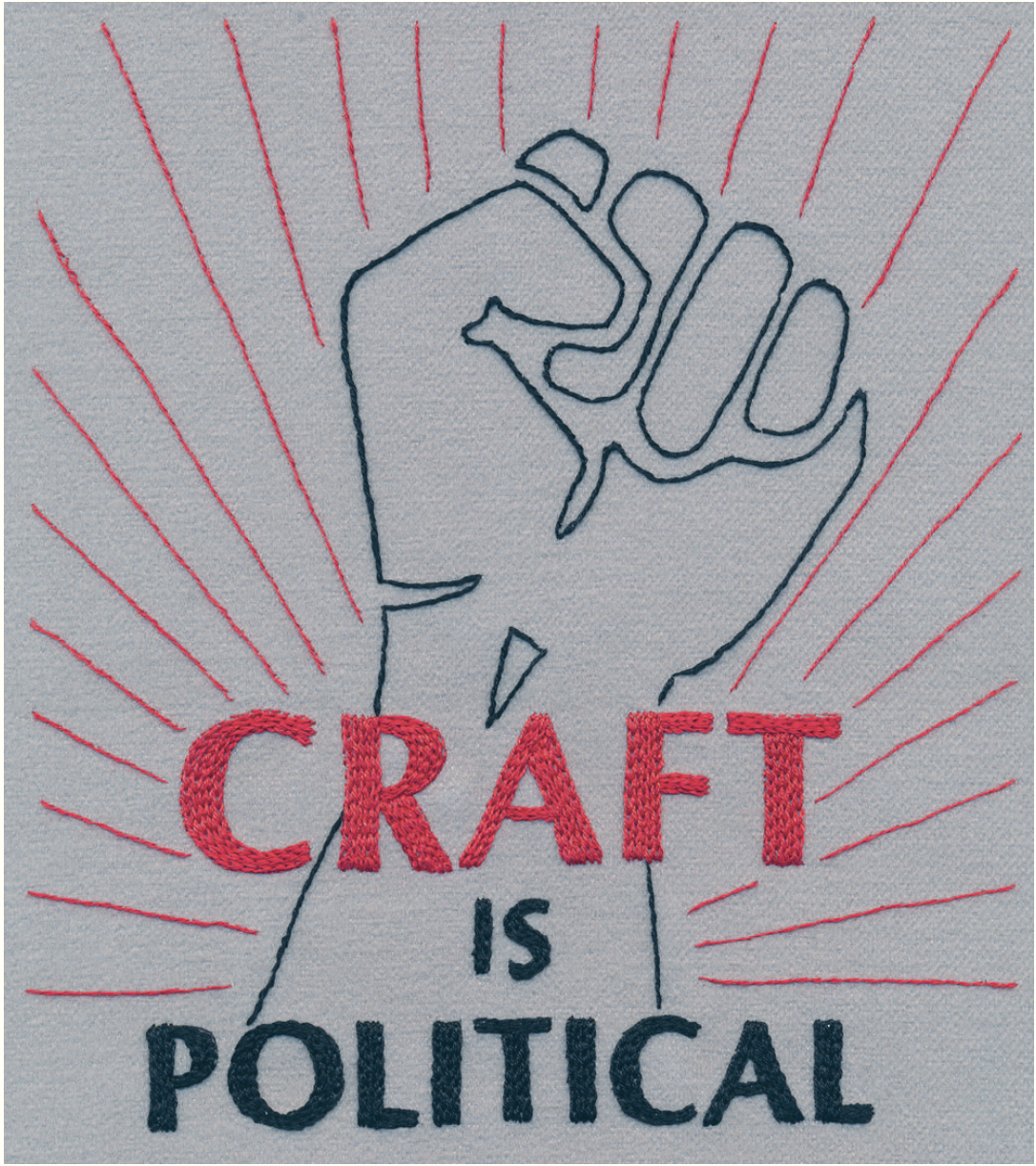Garland Magazine
Crafting a canon: Change through scholarship
D Wood
1 MARCH 2022
Link to full article: D Wood Article | Garland Magazine
Image is the cover of D Wood’s publication that is used with the Garland article online.
Excerpt from article on Garland:
“Signs of change
Warren Wilson College in Asheville, North Carolina, inaugurated a Master’s in Critical Craft Studies in 2018, the first program in North America. The website states:
Students investigate research methods from archives to oral histories … modes of presenting craft from street fairs to museum exhibitions, forms of writing … from exhibition reviews to academic journal articles, and alternative forms of documenting and communicating history, such as podcasts, symposia, online platforms, and curricular development.10
The evidence of the value of this curriculum was seen in CraftWays, an online symposium in July 2021, that included graduates of and candidates in the program. Amy Meissner, a textile artist, gave a presentation entitled ‘Engaging in the Craft of Repair’ for which she provided historical background from the Inuit in Alaska before leading a workshop in mending a sock; and Heather Powers, also a fibers practitioner, whose research was initially based on visits to artists’ studios, had to abandon that due to the pandemic and undertook a content analysis of studios featured in craft magazines. The latter is an example of the extrapolation of the embodied knowledge of her own studio to what she saw in two dimensions.
Also significant about the Warren Wilson program is that its Director, Namita Gupta Wiggers, is a BIPOC American. The craft community, until very recently, could be characterized as almost totally and completely dominated by “middle and upper crust whites.”8. This quotation from 1972 by Allen Fannin (a Brooklyn weaver) comes from a letter to Francis Merritt (then director of Haystack) in which Fannin responds to Merritt’s request for assistance in attracting African-American instructors and students. Forty years later Wiggers echoed Fannin’s assertion: “Craft … continues to need—a range of voices to convey the breadth and depth of the field, to extend the work of leaders in past generations who stubbornly refused to let it disappear from view.” As a craft leader from a visible minority Wiggers is instilling the overdue: craft needs “diversity and difference.””
